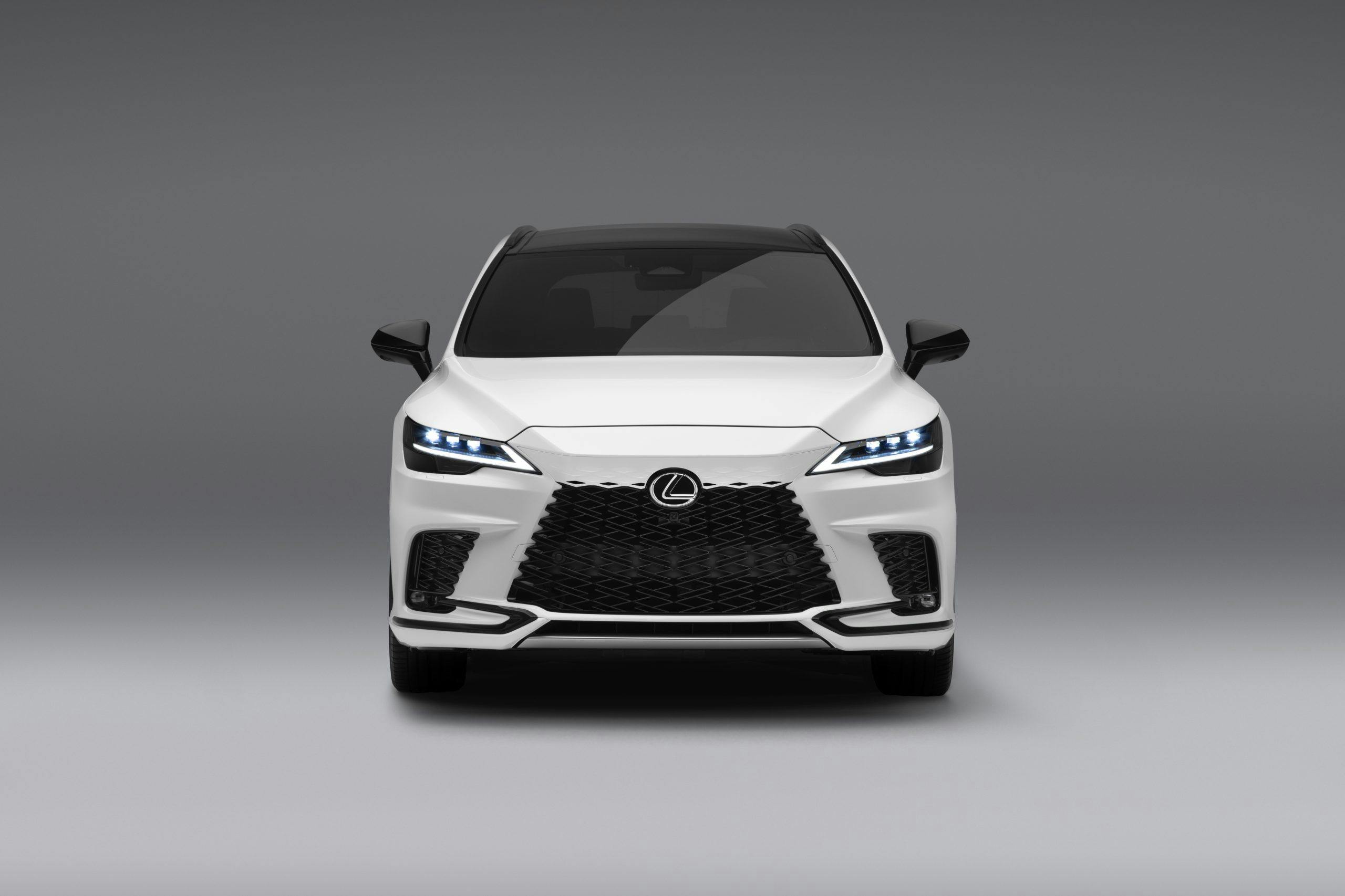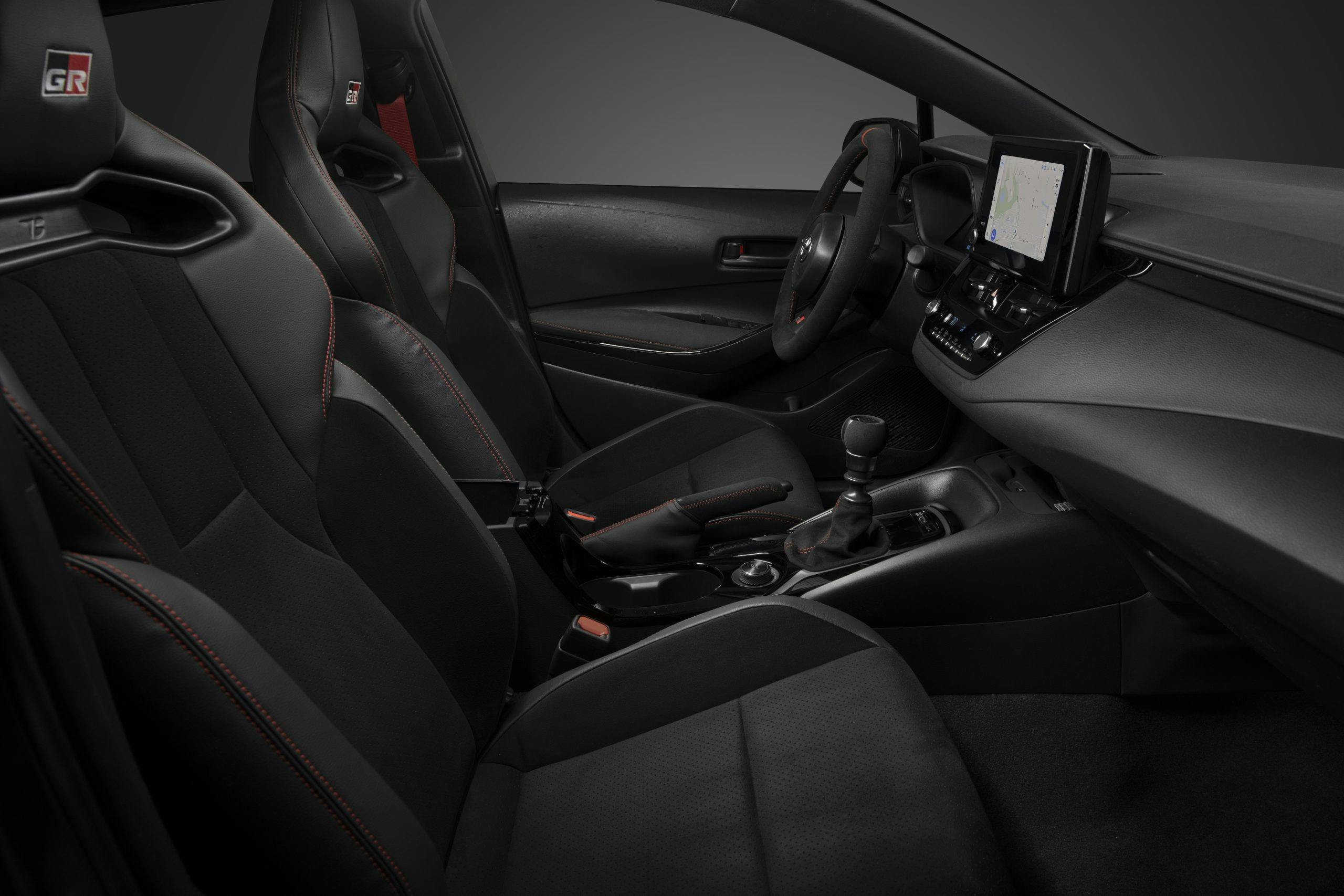Media | Articles
CA’s bill to fund EV swaps, more torque and fewer seats for GR Corolla, the end of AC?

If signed into law, CA bill would put $2K toward your EV swap
Intake: California’s lower house of state legislature, the California Assembly, has unanimously passed a bill that would encourage residents to swap a zero-emission (read: EV) powertrain into a car that began life with a gasoline or diesel engine. The bill, known as A.B. 3250, would provide eligible motorists who EV-swap their rides with a $2000 rebate to help offset the cost and reward them for converting to a zero-emission setup. The Specialty Equipment Market Association, better known as SEMA, was a main sponsor of the bill. It will now head to California’s upper house of legislature, the California Senate, for another round of voting. A.B. 3250 joins other California programs such as the state-wide Clean Vehicle Rebate Program (CVRP) and the San Francisco Bay Area’s Clean Cars for All Program (CCAP), both of which provide remuneration checks (not tax rebates) to eligible applicants who ditched qualifying older, polluting cars and switched to zero-emission vehicles instead. CVRP will provide rebates of anywhere between $750 and $4500, depending on vehicle type (car vs. motorcycle) and propulsion method (EV vs. hydrogen fuel-cell). CCAP also provides qualified applicants direct rebates of between $5000 and $9500 with an additional $2000 for the installation of a Level 2 home EV charger.
Exhaust: This new bill differentiates itself by encouraging people to modify a vehicles they already own; the CVRP and the CCAP award rebates for the purchase of a new vehicle. We’re most encouraged by this conservative bent of A.B. 3250, which has the added benefit of spurring the aftermarket (and OEMs) to provide affordable, easy-to-install EV conversion kits. California is known for its aggressive clean-energy evangelization; this bill, in contrast, is well-poised to woo those on the fence. If buying an entirely new electric vehicle for daily driving seems too drastic, you could dip your toes into the EV world with a conversion project of, say, a ratty old ’70s pickup, classic Mini, or Volvo 240.
Toyota’s GR Cup finds a North American home in SRO

Intake: Toyota Gazoo Racing’s newly formed GR Cup—a single-make North American racing series featuring modified Toyota 86s—officially has a home. For the inaugural season in 2023, the GR Cup will be sanctioned by SRO America, one of road racing’s premier global sanctioning bodies. Founded in 1995, SRO is most known for its GT racing series, like Intercontinental GT Challenge, which features events like the 24 Hours of Spa and the Bathurst 12 Hour. The GR Cup will award participants of the 14-race schedule one million dollars in total purse money. While race locations and vehicle pricing have yet to be announced, we do know that all race ready GR86s will roll out of TRD’s new facility in Mooresville, North Carolina featuring a SADEV six-speed sequential, Borla exhaust, Alcon brakes, JRI adjustable shocks, roll cage, Bosch engine management system, GR struts, and custom bodywork (featuring a coffee-table-sized rear wing).
Exhaust: Toyota’s GR Cup will join GT World Challenge America and TC America as SRO’s stateside series and further expand the group’s footprint in North America. There are numerous groups with headquarters in the United States that could have sanctioned Toyota’s red-blooded single make series (IMSA, USAC, SCCA), so we find it curious that the UK-based SRO Group took the newly minted series under its wing. Also of note, the rear-wheel-drive GR86s will be prepped for race team customers in Mooresville, where you could throw a lug nut in the air and hit one of many NASCAR race teams. Setting up shop in NASCAR country will likely allow GR to utilize the expertise from Toyota’s NASCAR efforts and/or pilfer some of the region’s top gearheads.
Hybrids, pixels aplenty for fifth-gen, 2023 Lexus RX
Intake: In the 35th year of the RX’s reign, Lexus is transitioning its breadwinner SUV off the Camry platform that it debuted on in 1999. The fifth-gen RX, which starts with the 2023 model year, now rides on Toyota’s modular GA-K architecture. This enables a slew of new-to-the-RX powertrains, a hierarchy topped by the 367-hp, plug-in hybrid 500h F Sport Performance. (There’s a second plug-in model called the 450h+, but Lexus isn’t releasing U.S.-market specs yet.) Ironically, this F Sport Performance model will probably be less fuel efficient (Lexus estimates 26 mpg combined) than the mid-range RX 350h hybrid, a traditional affair that pairs a 2.5-liter inline four with a continuously variable transmission for a Lexus-estimated rating of 33 mpg combined. Bringing up the rear is the RX 350, available in either front- or all-wheel-drive, powered by a turbocharged, 2.4-liter inline four-cylinder paired with a regular ol’ eight-speed and making 275 hp.
Marketplace
Buy and sell classics with confidence
Each RX boasts a trackpad-free interior dominated by a giant touchscreen (up to 14 inches) and rides on a 2.36-inch longer wheelbase that enables more rear legroom, cargo space, and a lower loading height. (Lexus has docked the tail of the SUV by the same margin to maintain the same overall length.) The exterior remains recognizably RX-ish from the rear forward … until you hit the grille, whose body-color top is distressingly similar to that of the 11th-gen Civic. Though official pricing isn’t out, you can bet the new RX will outstrip that Honda.
Exhaust: The RX’s smaller sibling, the NX, was the first to receive this big-screen interior redesign, which relies heavily on a head-up display, and after a week spent with the new layout, we’re skeptical that RX customers will welcome the change. The stakes are high for this model in particular: Lexus’ best seller posted record sales of 115,320 in 2021. However, over 100,000 customers each year forgave the awkward, frustrating trackpad system in the outgoing generation. If the new SUV can preserve the RX’s boat-like pillowy ride, Lexus might get away with the pixel infusion.
Those goons at Gazoo Racing have already tuned their own GR Corolla
Intake: No one’s even taken delivery of Toyota’s all-wheel-drive, manual-only GR Corolla, and the same goons that stuffed a WRC engine into a production car have already tuned their own hot rod. The special edition, which bears the “Morizo” pseudonym used by Toyota’s president Akio Toyoda on track, is both lighter-weight and more powerful. Gone are the rear seats, along with the rear door speakers, rear window regular, and rear wiper blade and motor. A carbon-fiber roof (also found on the higher “regular” GR Corolla) and a set of forged wheels take total weight savings to 106 pounds. Though its horsepower output remains the same, at 300, the 1618cc turbo three has been tuned to make more torque in a higher, narrower operating range: 22 additional pound feet between 3250 and 4600 rpm. (The non-Morizo GR Corolla makes 273 lb-ft between 3000 and 5500.) A close-ratio manual transmission pairs with shorter gearing in each of the limited slip differentials to produce acceleration Toyota describes only as “satisfying.” Given that this feast of three-cylinder goodness is curated by Akio himself, we’ll accept that judgement. Rubber is appropriately aggressive: Michelin Pilot Sport Cup 2s that are 10mm wider than the stock PS4s. And yes, you can fit four extras in the back for track days. Toyota is only making 200 of these Morizo specials, and the meaningful performance upgrades guarantee their coveted status within a lower-volume run of already drool-worthy cars: Toyota will ship 6600 “regular” models from Motomachi, Japan, to the U.S. for the 2023 model year (5100 of the Core, 1500 of the Circuit Edition.)
Exhaust: The changes are similar in scope those made by Lexus for the 50 Nürburgring Editions of its Yamaha-engined, carbon-fiber-bodied LFA supercar: incremental power gains (+10 hp), retuned transmission and suspension, and an aero kit. Will we see the Morizo Edition outpace its five-seat siblings to the same degree? We don’t own a crystal ball, but Subaru and Ford’s withdrawal from the hot-hatch space has created a perfectly quiet arena for Toyota’s mike-drop Corolla. That wow factor isn’t likely to fade any time soon.
Polestar’s most exciting EV smells like a missed opportunity
Intake: The most exciting version of Polestar’s pure-electric car is a strictly limited-edition special. The Polestar 2 BST edition 270 will, as the name suggests, number just 270 examples, with 47 earmarked for the U.S.A. The price will be $76,900 before any aesthetic upgrades (more on those in a moment). The BST edition is based on the existing, 476-hp Performance Pack model, which Polestar has fitted with a more aggressive launch-control system. The BST includes the Performance Pack’s race-spec, dual-flow valve manually adjustable dampers from Öhlins. The BST edition 270 distinguishes itself with 20 percent stiffer springs, which lower the ride height by almost an inch, and a front strut brace that improves torsional rigidity. Matte black alloy wheels modeled on those of Polestar’s first model, the slinky “1” hybrid coupe, are wrapped in grippy Pirelli P Zero tires developed specifically for the 270. Paintwork comes in either Thunder or Snow, with painted bumpers and side skirts. A black racing stripe can be added ($1000), or you can choose a Battleship Grey full-body wrap ($5000). Each car is being sent to the Polestar Production Center in China, where the Polestar 1 was built, to be transformed.
Exhaust: The task of the BST edition 270 is to showcase, according to Polestar, “what performance means for the brand.” But given the history of the Polestar name, that’s a tricksy task. The moniker was initially assigned to designate Volvo’s factory-backed racing team, before cozying up further with Gothenberg on three production models (the C30, S60, and V60) before Volvo bought out the team’s production car division, leaving the motorsports arm to rename itself Cyan Racing. (To further confuse things, Cyan Racing is reaching its hands into the history of Volvo road cars.) Now an independent brand under Volvo parent company Geely, Polestar must work re-establish its performance kudos for the EV audience. The BST is perhaps more mild than wild, with a confusing name and a slim production run that will make it a rare sight on public roads. We know Polestar can do better, so this limited-edition 2 smells like a missed opportunity.
New nanotech coating could end air conditioning in cars
Intake: Researchers in Israel have developed a film coating that uses quantum physics to provide cooling, and tested it on a car in the heat of the desert. Tech startup SolCold’s coating uses a phenomenon called anti-Stokes fluorescence where photons react with a surface and are reflected with more energy than they arrived with. That means more sunlight is reflected than is absorbed, and the surface actually cools itself. SolCold coated the dashboard and roof of a VW Polo with their nanotech film and left it out in the desert in full sunlight. Two other uncoated cars were sent out as controls, one parked in the shade and the other out in the sun. The coated car had a dramatic cooling effect of between 53.6 and 57.2 Fahrenheit. SolCold reckons that in the real world, this approach could reduce cabin temperatures by between 20 and 70 percent, effectively ending the need for energy-sapping AC.
Exhaust: Even in a regular combustion car running the aircon on a hot day is major energy drain and has a significant effect on your gas mileage. In electric cars the impact is even greater, so this technology could be a real range extender. Quite what happens in winter is unclear, however.





























































